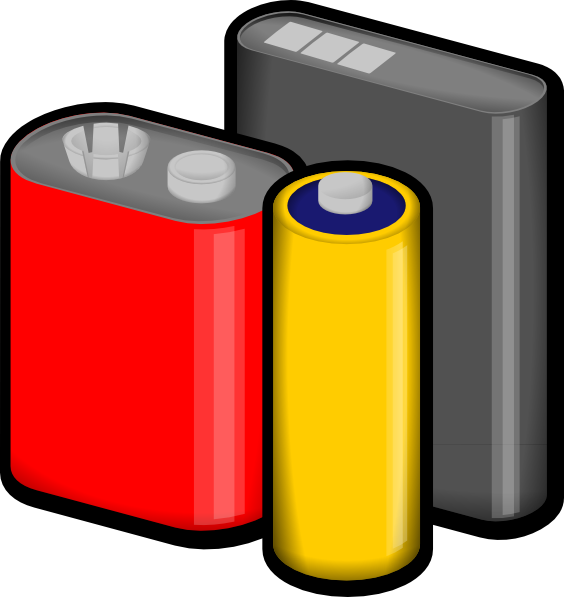Batteries
Batteries of all shapes and sizes supply power to everyday electronics like toys and power tools. They run commuter trains, provide backup power for hospitals, and help control power fluctuations. Batteries come in a variety of shapes and sizes but all batteries have two common elements that combine to make power–an electrolyte and a heavy metal.
 Heavy metals react with chemical electrolytes inside a battery to produce the battery’s power.
Heavy metals react with chemical electrolytes inside a battery to produce the battery’s power.- 4 common battery types are Wet-Cell Batteries, Lead-Acid Automobile Batteries, Non-Automotive Lead-Based Batteries, and Dry-Cell Batteries.
- Wet-Cell Batteries contain a liquid electrolyte and are commonly used to power automobiles, boats, and motorcycles.
- Recycling batteries saves natural resources because plastic and metals from used batteries can be used to make new batteries and protects the environment by keeping heavy metals out of landfills and the air.
- Heavy metals such as mercury, lead, cadmium, and nickel are all used in batteries. These metals are extremely harmful to the environment when batteries are not disposed of properly. Even if they are incinerated, many of these metals are still released into the air, causing contamination.
(Source)
